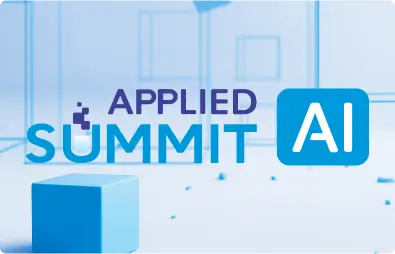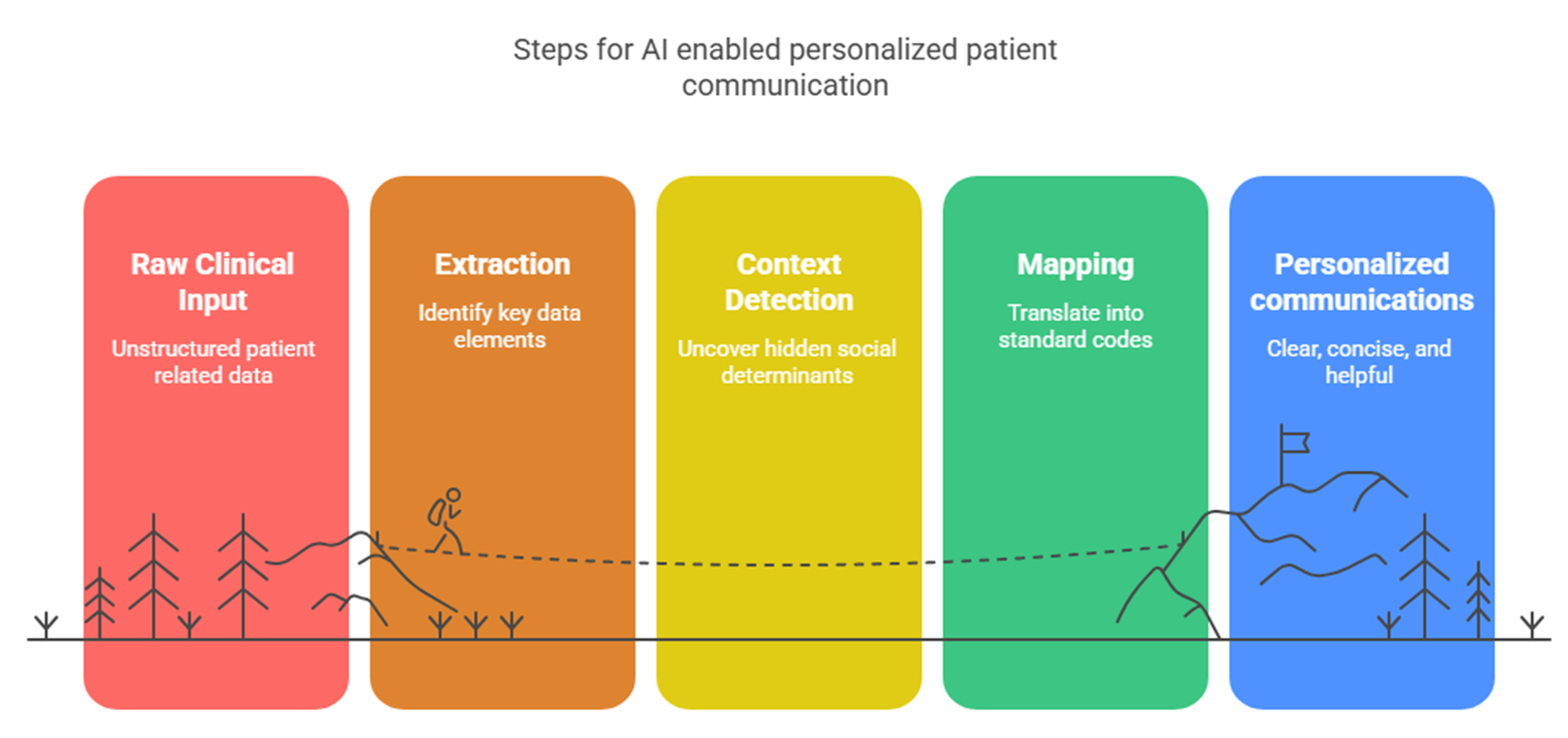Overview
Patient adherence remains one of the toughest challenges in chronic disease management. Generic advice, like “eat healthier” or “exercise more”, often misses the mark, especially when patients face social or physical barriers. Recent advances in digital health and artificial intelligence (AI) offer a new path forward: delivering highly tailored, context-aware communication that turns vague recommendations into clear, actionable steps.
The problem with one-size-fits-all messaging
Traditional materials, such as standard brochures or templated discharge notes, fail to account for personal context. Take Julia, a 65-year-old with diabetes and hypertension, who struggles with mobility, lives alone, and lacks nearby access to fresh food. Generic advice frustrated her and didn’t lead to change.
Digital interventions help, but not enough
Text message reminders, apps, and portals have improved adherence in various studies. However, generic digital messages often ignore crucial patient factors like economic hardship or mobility limitations. Large Language Models (LLMs) trained on open web content can generate human-like text, but they still fall short when it comes to clinical accuracy and social nuance.
A smarter, context-aware approach
Cutting-edge solutions now combine medically fine-tuned LLMs with domain-specific Natural Language Processing (NLP) pipelines. These systems extract clinical facts (diagnoses, medications), detect social determinants of health (e.g., “fixed income,” “lives alone”), and translate everyday speech into accurate clinical concepts (“puffer” means inhaler).

Pipeline Highlights
- Input: Clinical notes, portal messages, scribe transcriptions.
- Extraction: Conditions, medications, lifestyle issues (e.g., “trouble climbing stairs”).
- Context detection: Social needs, health literacy cues, assertion detection.
- Mapping: Concepts to clinical codes (e.g., LOINC, RxNorm).
- Generation: Messages rewritten by a medical LLM with embedded facts and actionable tips.
What does this look like in practice?
Julia now receives personalized weekly plans: medication reminders timed to meals, links to chair exercises for sore knees, directions to a local food market with reserved produce, and encouragement tied to her progress. Her adherence improved from 50% to 90%, and visits now focus on successes instead of repetition.
Takeaways
- Precision matters: AI-backed communication tailored to patient context improves adherence measurably.
- Integration is key: Combining LLMs with structured NLP pipelines yields better outcomes than standalone AI chat tools.
- Impactful change: Personalized, relevant messaging doesn’t just inform, it motivates and supports real behavior change.
This approach represents a promising shift in how we guide patients, using technology not to automate empathy away, but to scale it wisely.































